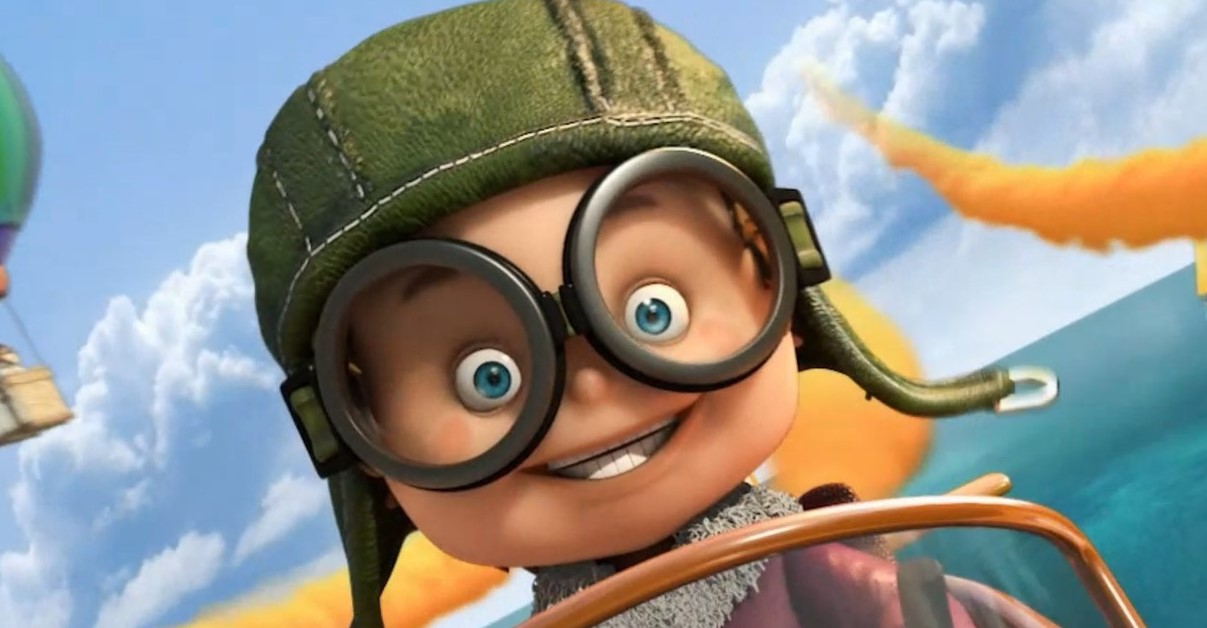Step into the enchanting world of character animation, where the lines between imagination and reality blur, and pixels come to life with a purpose. In this in-depth guide, we unravel the secrets of mastering character animation—an art form that transcends mere movement. For both aspiring animators and seasoned enthusiasts, this blog serves as a gateway to the nuanced techniques and expert tips that elevate animated characters into virtual performers.
As we explore the depths of realism and creativity, get ready to embark on a journey where every frame tells a story, and every movement is a brushstroke on the canvas of animation mastery.
Understanding the Basics of Character Animation:
Before diving into the nuances of mastering character animation, let’s establish a solid foundation. Character animation involves imbuing digital or hand-drawn characters with movements that mimic the subtleties of real life. It’s the skill of bringing characters to life in pixels so they can communicate stories, portray emotions, and engage the audience viscerally.
The Principles of Character Animation
One has to understand the fundamentals of character animation in order to become an expert. These include squash-and-stretch, timing, anticipation, and follow-through. Understanding these principles allows animators to create movements that feel authentic and resonate with viewers.
Crafting Realistic Movements Through Pose-to-Pose Animation:
One essential technique in character animation is pose-to-pose animation. In order to describe the character’s movement using this technique, key positions must be created at certain frames. It provides a structured approach, allowing animators to focus on key moments and refine the details gradually. Using this method, animators may carefully manage the character’s performance and make sure every movement is intentional and organic.
Refining Transitions and In-Between Frames
The magic of realistic character animation lies in the transitions between poses. The gap is filled by in-between frames, which also smooth out motions and produce a continuous flow. Attention to detail in these frames is paramount for achieving the lifelike quality that distinguishes great animation.
Utilizing Rigging and Skeletal Animation for Precision:
Rigging and skeletal animation are indispensable tools in the animator’s toolkit. Making a character’s digital skeleton through rigging enables more accurate movement control. This technique enables animators to focus on specific joints and create intricate, nuanced actions that mimic the complexities of human or fantastical anatomy.
The Role of IK and FK in Skeletal Animation
Skeletal animation uses two methods: inverse kinematics (IK) and forward kinematics (FK). IK makes animation simpler by letting animators control a limb’s termination, whereas FK requires animating each joint separately. A judicious combination of both techniques empowers animators in 2D animation studios to achieve both precision and efficiency.
Adding Expressive Facial Animation:
A character’s face is a canvas for emotion and expression. Understanding the nuances of muscle movement, eye emotions, and lip synchronization is necessary for mastering face animation. Blend shapes and morph targets are tools that animators may use to create expressions that fit the character’s emotions and the story’s setting.
The Impact of Lip Syncing on Character Realism
By synchronizing the character’s mouth motions with the words, lip-syncing gives animated characters a more realistic feel. Attention to phonetics and timing ensures that the character’s speech feels synchronized and convincing.
Optimizing Workflow with Motion Capture Technology:
In the modern era of animation, motion capture technology has revolutionized the industry. This method entails capturing real actors’ actions and translating them into computer characters. Motion capture brings an unparalleled level of realism to character animation, capturing the nuances of human movement with precision.
Overcoming Challenges in Motion Capture
Even though motion capture is an effective technique, there are still issues, including data cleansing and ensuring smooth transitions between activities. Skillful animators navigate these challenges, leveraging motion capture to enhance, rather than replace, their artistic vision.
Mastering the Art of Narrative Pacing in Animation:
Effective storytelling through character animation extends beyond movements. In order to tell an engaging tale, activities must be strategically placed. The viewer’s interest and emotional connection are increased when you have control over the rhythm and tempo of your character’s motions.
Balancing Pacing with Character Development
Pacing and character development must work in harmony. Adjusting the tempo of movements to match the emotional beats of the narrative ensures that the animation contributes seamlessly to the overall storytelling experience, whether crafted in a 3D animation company or a 2D animation studio Australia.
Conclusion:
In the intricate tapestry of character animation, mastering realistic movements is a journey of continuous exploration and refinement. Each method and advice covered in this guide acts as a brushstroke in the construction of characters that transcend the lines between the virtual and the physical worlds. As you embark on your animation odyssey, remember that expertise is forged through practice, experimentation, and a deep understanding of the principles that breathe life into the pixels.

